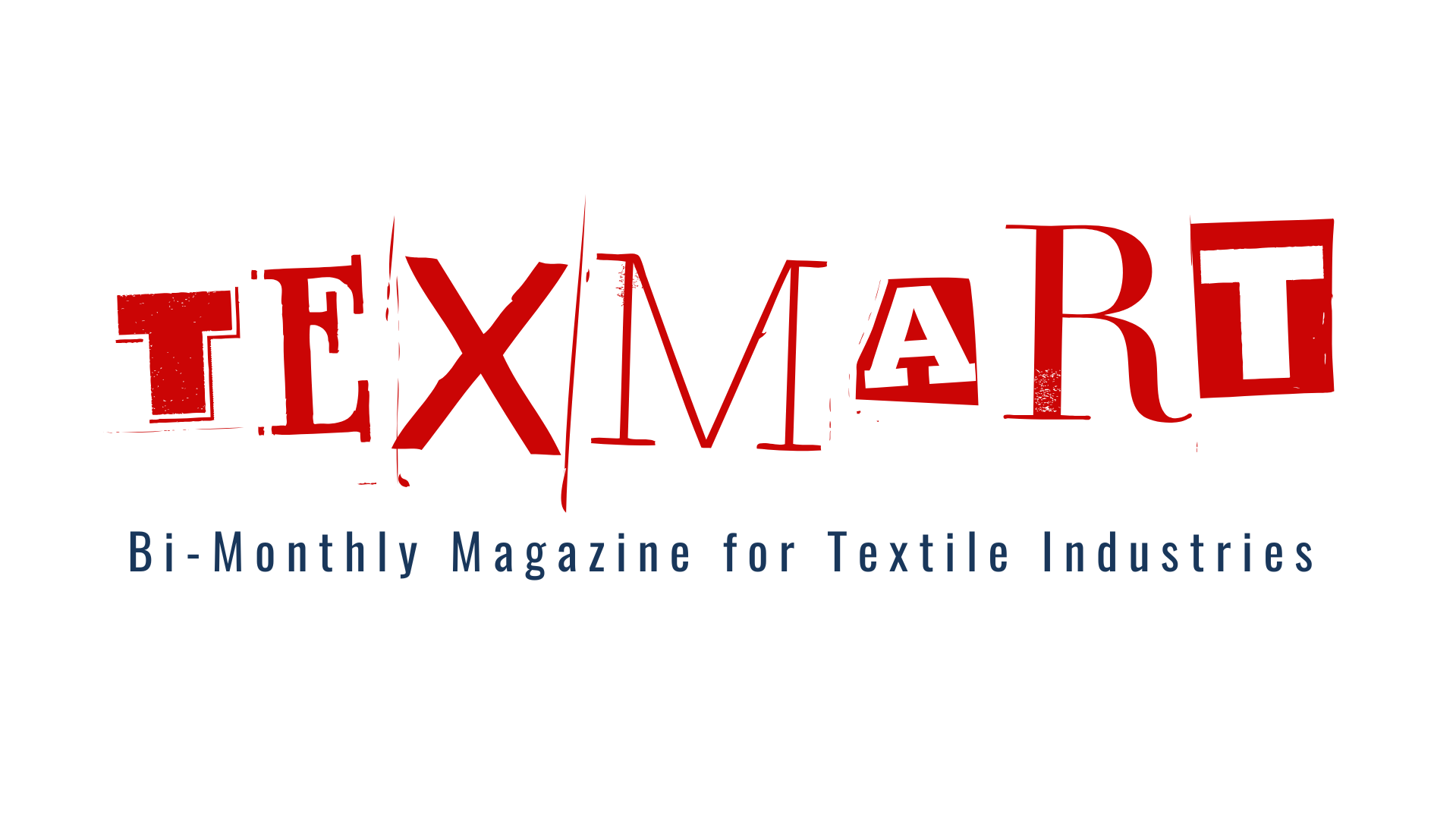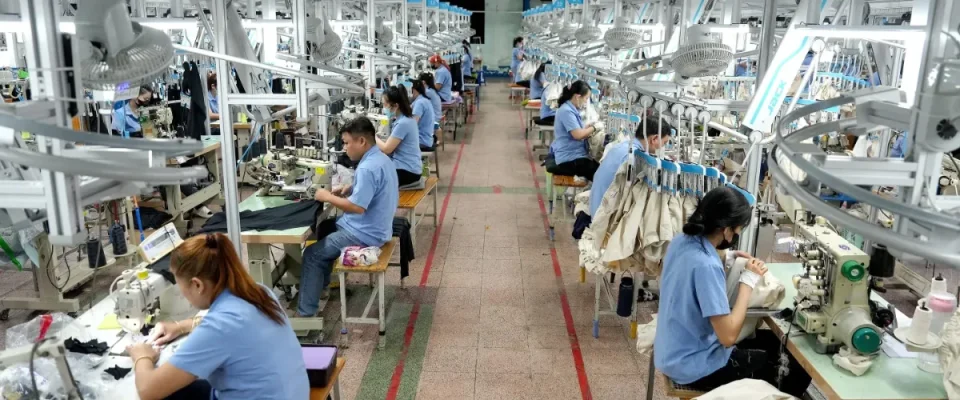In the conference room of a New Delhi hotel last Thursday, exporters and buyers from across Delhi-NCR sat across tables trying to chart a path forward for India’s apparel industry in the aftermath of the US tariff hikes that have greatly impacted the sector.
“Basically, we’ve all been impacted by the recent US tariffs,” said Deepti Marwah, co-founder of the Garment Show of India, who moderated the meeting. “Our industry is 80% dependent on the American market, so the hike came as a huge shock. Apparel exporters have been shipping there for decades, and suddenly we are staring at an uncertain future.” “When I thought about this conference, the first idea was that we need a manthan — a churn. As of now, the government is not doing anything, so we needed to bring the industry’s think tanks onto one forum to realistically discuss the problems, challenges and how the industry can go ahead in this time of crisis together,” Marwah added.
The tariffs — first a 25% hike, followed by another 25% from August 27 — have shaken the foundations of a sector that employs millions. Apparel is India’s second-largest employer after agriculture. While the country ranks fourth globally in US textile exports, the hikes have left exporters staring at cancelled orders, mounting stock, and anxious workers. At least a hundred exporters and buyers gathered at the CXO meet, tagged as a “manthan for fixed sourcing.” The idea was that by facing each other, the buyers can spell out their expectations and the exporters can counter them with ground realities. To break the ice, organisers set up a round of “buyers vs exporters,” a rapid-fire game that made the tense room crackle with both laughter and unease.
Buyers called India’s biggest sourcing strength a “positive mindset,” while acknowledging that the push for sustainability in the Indian textile business was “real” and that the infrastructure was “getting stronger”. But they flagged persistent concerns: “inconsistent” quality, “delayed” lead times, and a “missing diversity” in products. The tariff hikes have hit the textile industry at a time when India as a sourcing destination, they concluded, was still “evolving.” Exporters, when their turn came, were asked which government policy had most changed the game. They replied in unison: “tariffs.” They admitted they must learn “scale” from Bangladesh and “quality” from Vietnam.
News Courtesy : Indian Express.



